When I realized I was close to the oldest town in Ireland, I had to visit. Unfortunately this was one of the times when public transport was very inconvenient in that the only bus service left the hotel just before 11 and returned at 12:45 not leaving much time. So I did the hustle.
The Boyne empties out here to the sea.
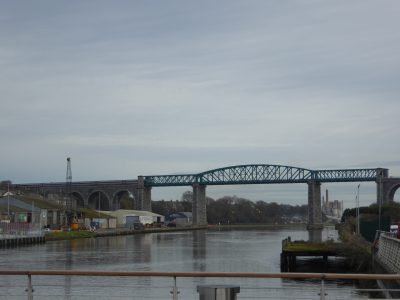
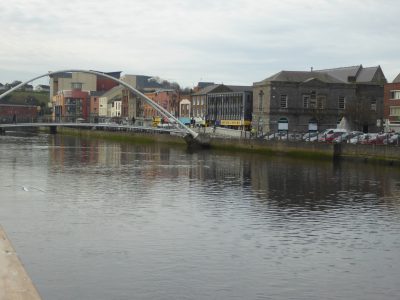
First target, the old pile across the river.
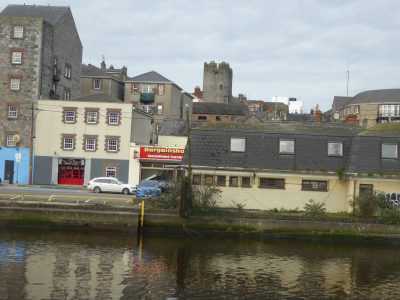
St. Laurence Gate was once, the 13th century, the city’s main gate. Now it is all of what is left of the city walls. Sadly the building had to be closed after all these years as it was hit a couple of times this year by lorries whose drivers trusted GPS.
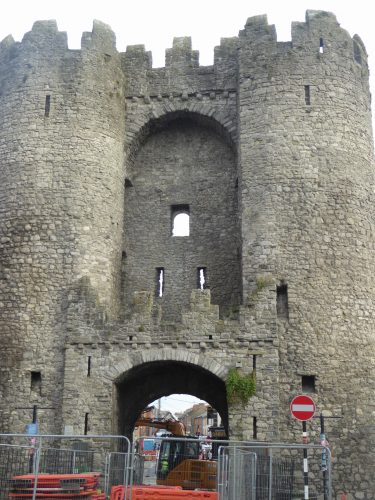
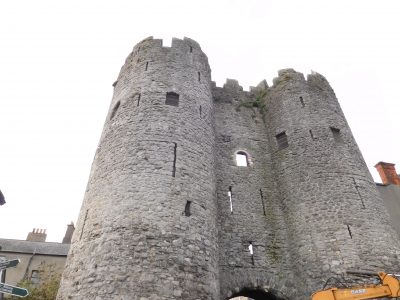
A few blocks away I saw the spire of an old church but on the way I came upon an art gallery, Highlanes Gallery, in the former Drogheda Franciscan Church. Nice, simple.
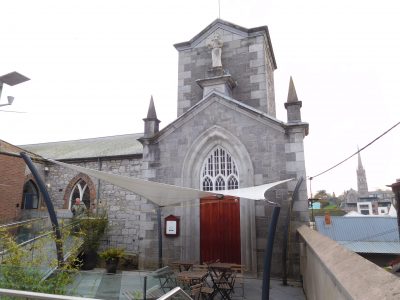
I was lucky that Gabriele Ricciardelli‘s “View of Drogheda” was on exhibit. One of the premier works in the collection it is not allowed sun exposure too often
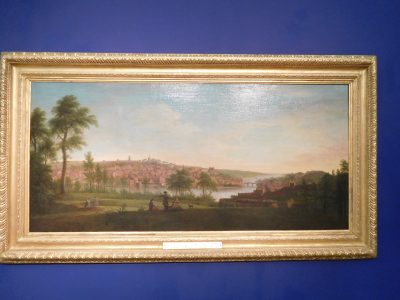
John Cassidy “Street Scene”
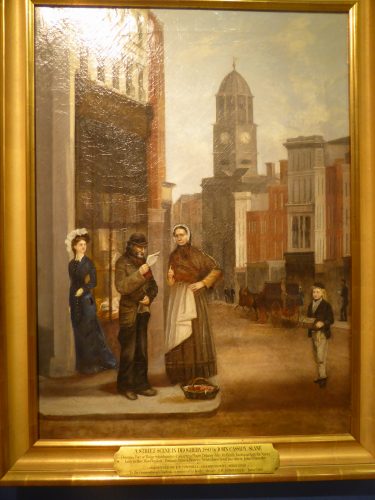
John Cassidy “Wooden House”
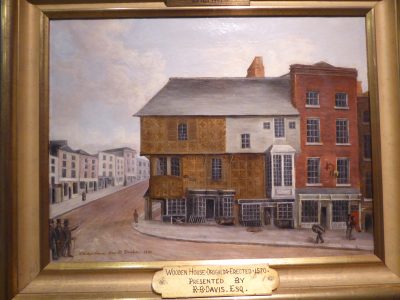
Former altar
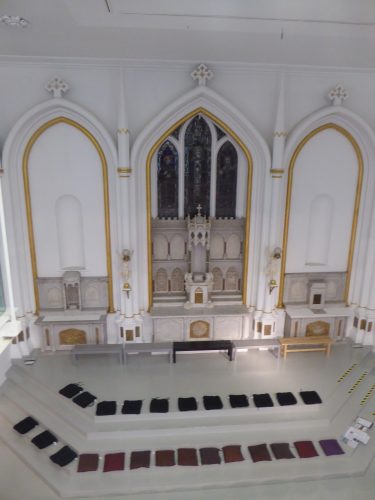
Thomas Markey’s “Drogheda”
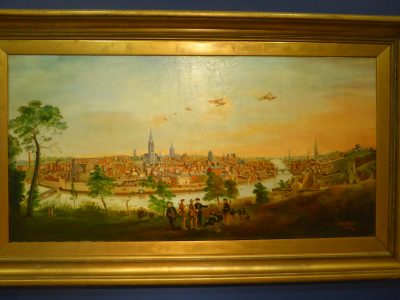
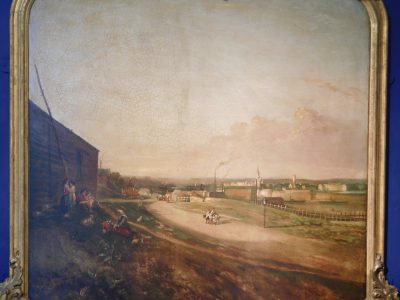
Markey with a different camera
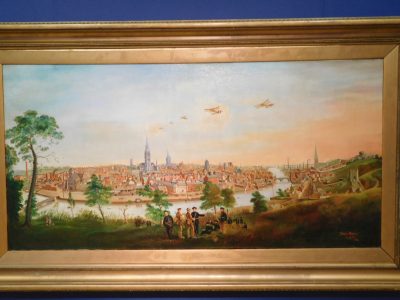
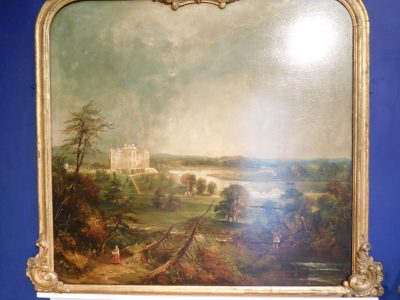
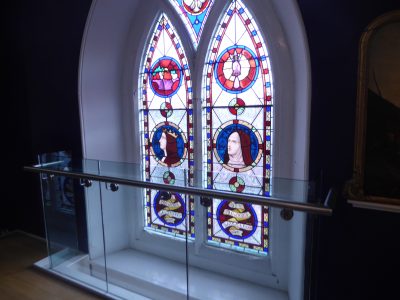
SIOBHAN MCDONALD – A CHANGE IN THE SIGNAL – CRYSTALLINE,
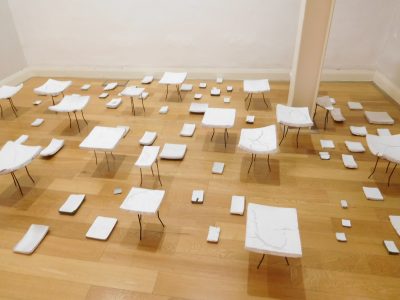
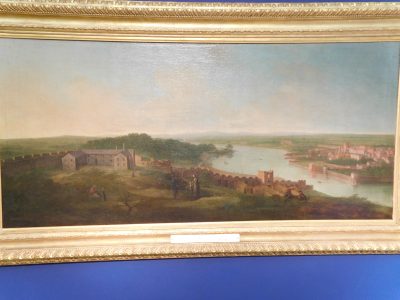
Then on to St. Peter’s RC Church which is magnificent.
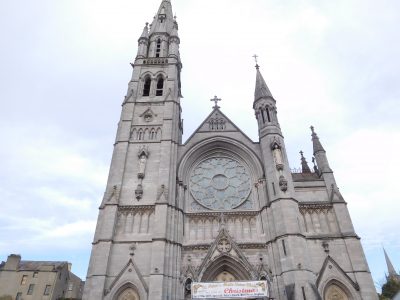
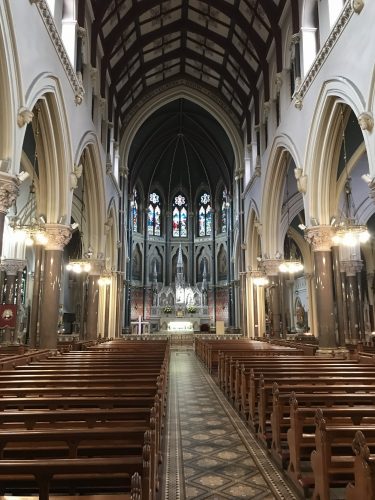
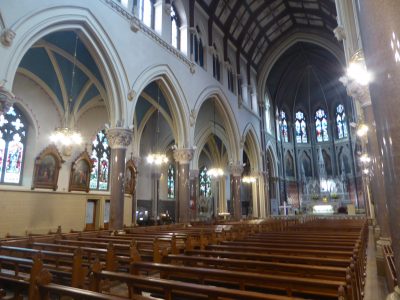
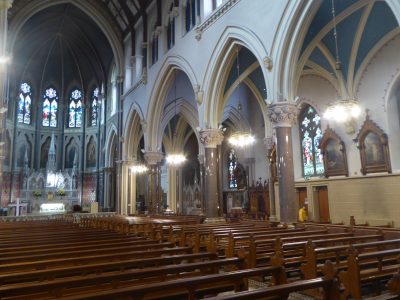
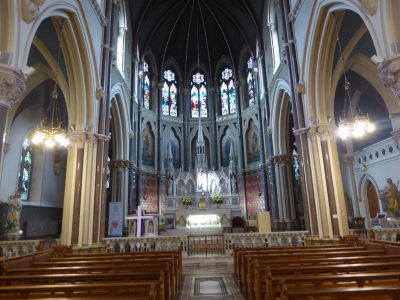
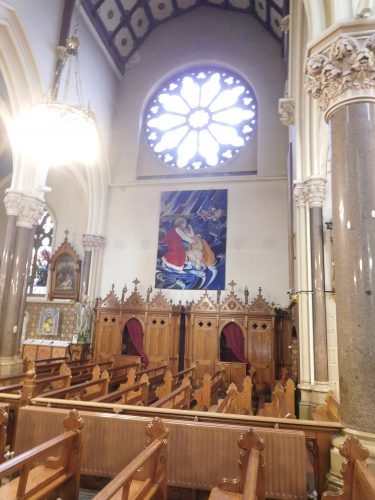
A worshiper pointed the interior spire out to me as a must see.
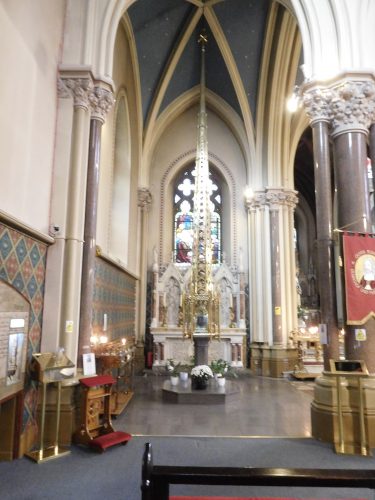
It houses the head of St Oliver Plunkett, martyred in 1681 as part of the Popish Plot,
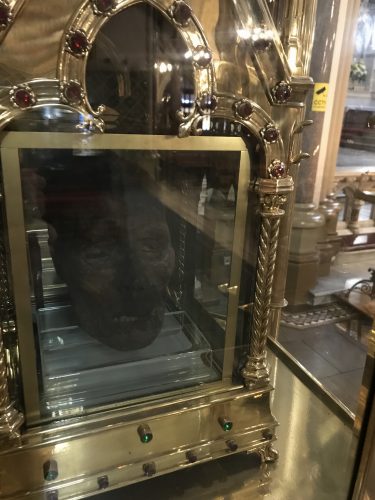
The door to St. Oliver’s cell
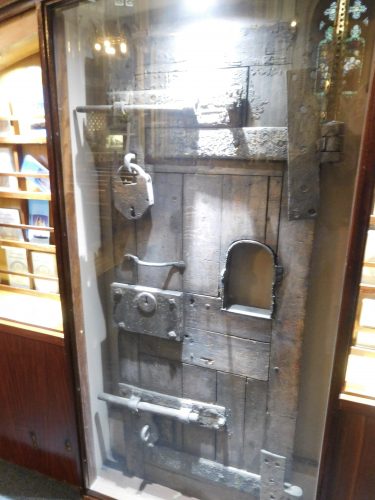
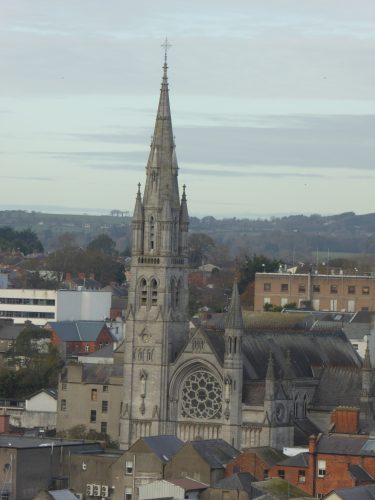
Millmount is a large fortified complex situated on a great mound on the South bank of the River Boyne located in Drogheda, County Louth, Ireland. The fort has played a crucial part in Drogheda’s history and has been a dominant feature from Norman settlement, to Cromwell’s invasion to the more recent Civil War in 1922, in which the famous Martello tower was shelled and all but destroyed. Today the complex houses the Millmount Museum which houses a wide variety of artifacts of local and national importance.The complex is Drogheda’s most dominant feature, clearly visible from all parts of the town. The Martello tower is affectionately known as “The Cup and Saucer” by locals. The whole fort is a national monument and has been designated as Drogheda’s Cultural Quarter.
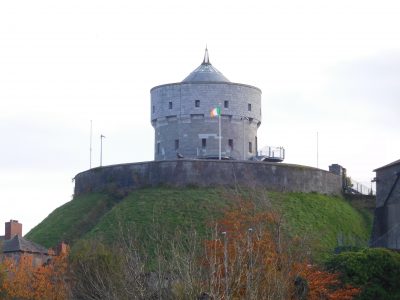
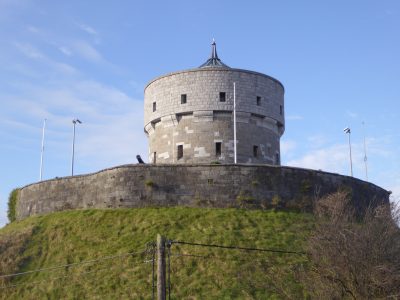
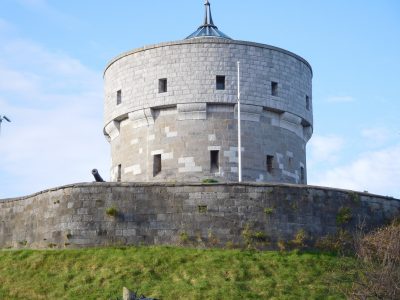
The four in the tour were lucky to have a real good guide who showed us all to be seen there and from the top of the tower points around the city that will have to wait for my next visit as the bus was nigh.
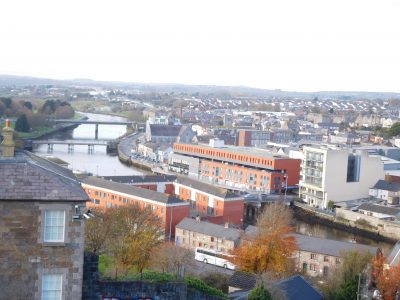
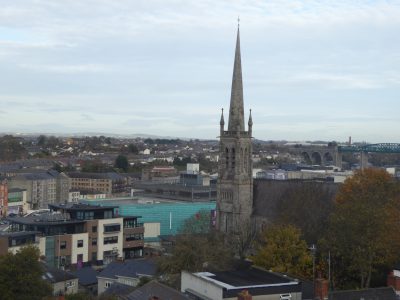
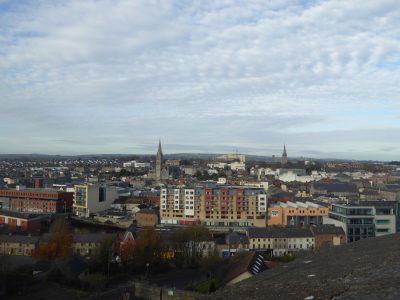
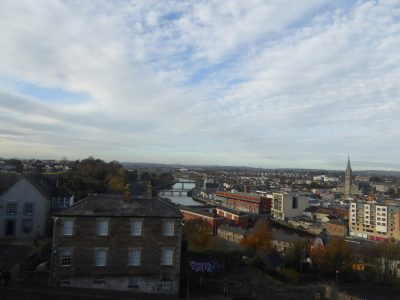
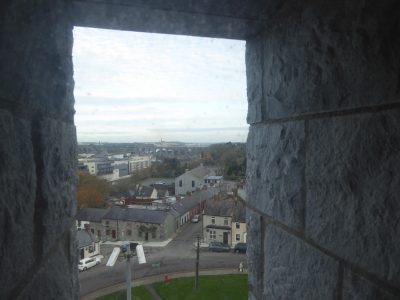
During the war on 4 July 1922 it was shelled but seeing the cannons being set up the troops inside, with no way to fire back that distance, went to a pub to sit it out. How Irish!
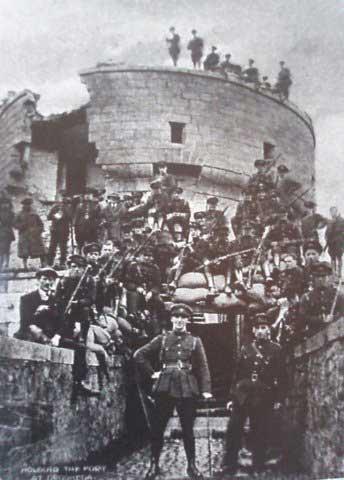
Over the years the area has seen plenty of war.
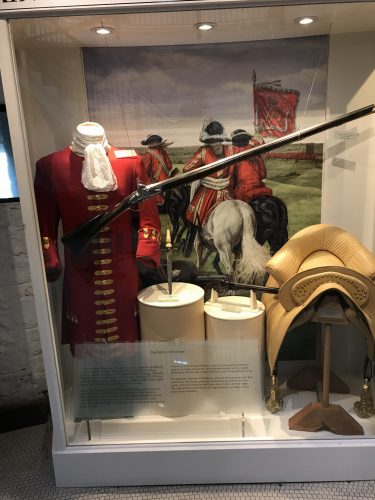
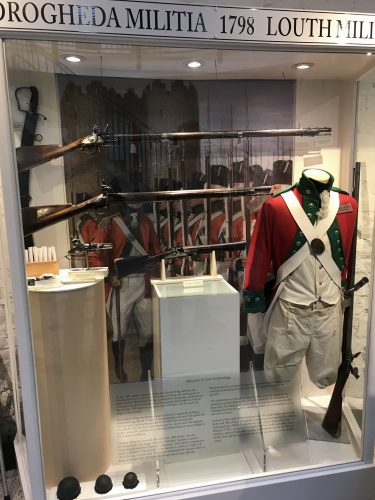
King James’ troops at the Battle of the Boyne had matchlock muskets which, due the difficulty in firing were better used as clubs up close. No match for the flintlocks used by William’s men
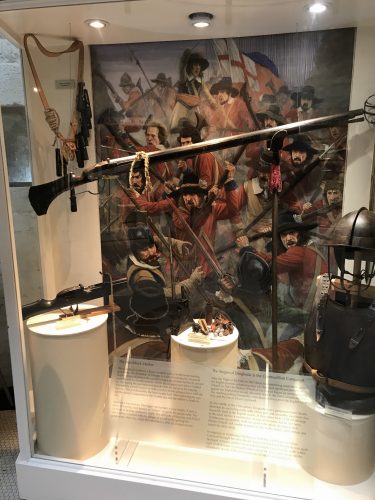
Grass Before Breakfast? Setting the time for an illegal duel. The loser ate grass.
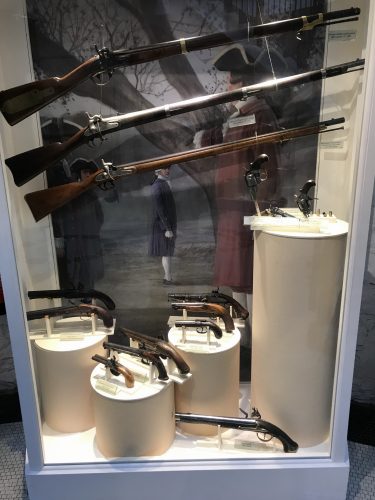
I should have gotten a photo when I tried on the 3 kilo helmet.
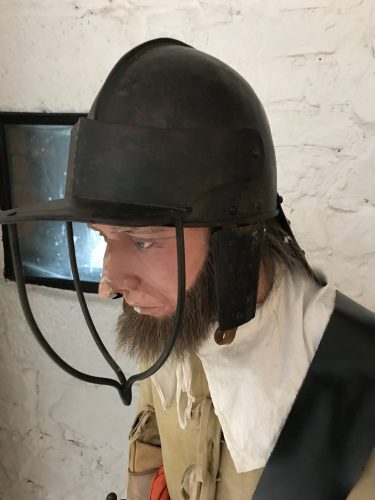
A fanciful depiction of the firing on the tower from the gunner’s angle. Fanciful as the the officer pointing strongly resembles Michael Collins who wasn’t there.
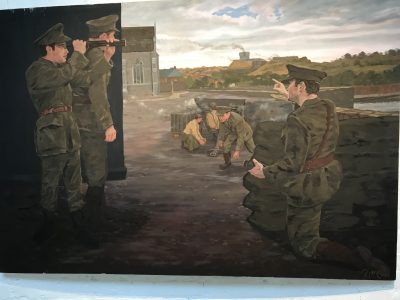
The adjacent museum houses these guild tapestries
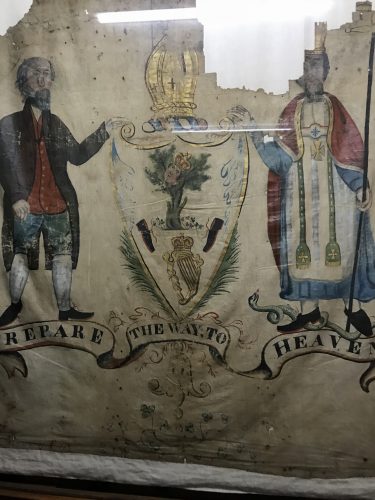
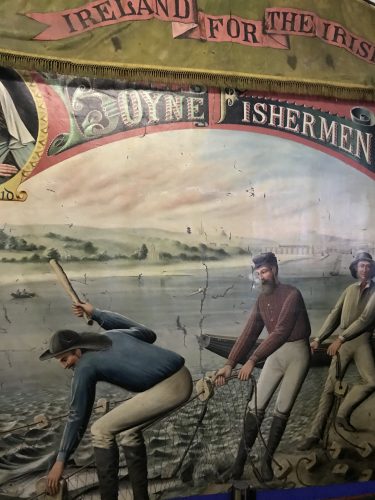
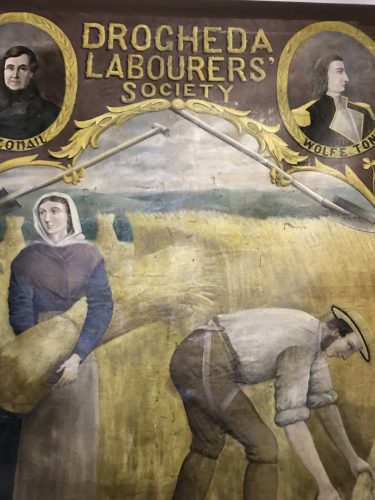
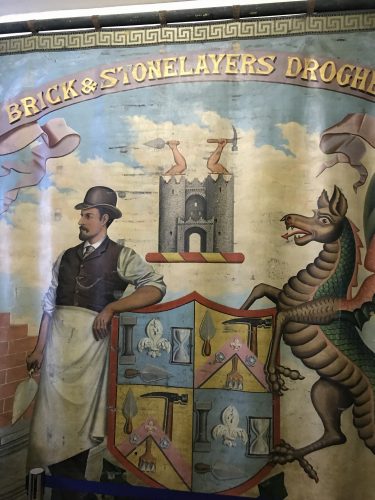
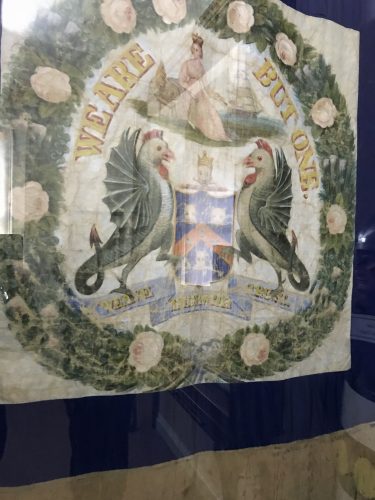
Made the bus with 5 minutes to spare so I asked the driver if I had time to run across to street to a SPAR store. The market in Donare has only a wine license and I wanted a couple of beers in my room late when I worked on the Newgrange post. Back on the bus with 20 seconds left!
Heading out of town towards Derry/Londonderry on the bus 2 days later I saw this last section of the wall.
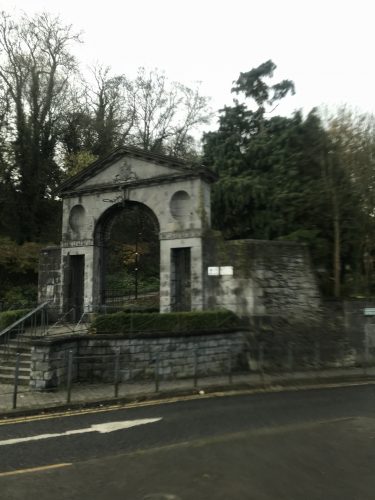
2.93 miles
{ 1 comment… read it below or add one }
Hi Mike,
apologies for the late reply that I promised, was a pleasure to meet you, my friend, I was the tall 6ft 5″ guy with the hat from England, one of the 4 who was given the tour of the tower 🙂
I trust you are well and busy and still wandering, really enjoyed your pictures and wish you well for the Christmas holidays coming up, all the very best and keep on wandering my friend.
Fellow wanderer
Andrew.